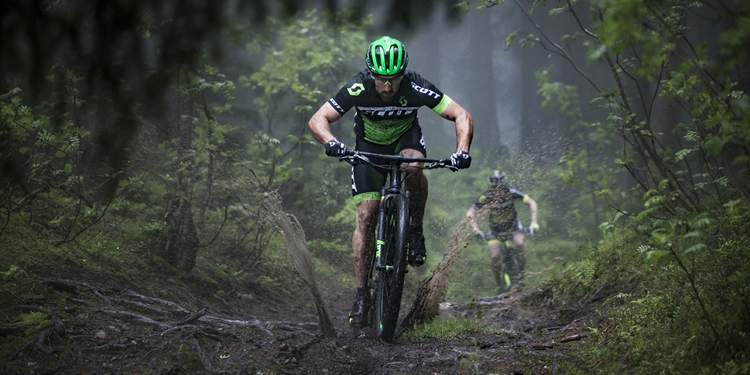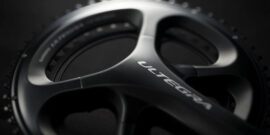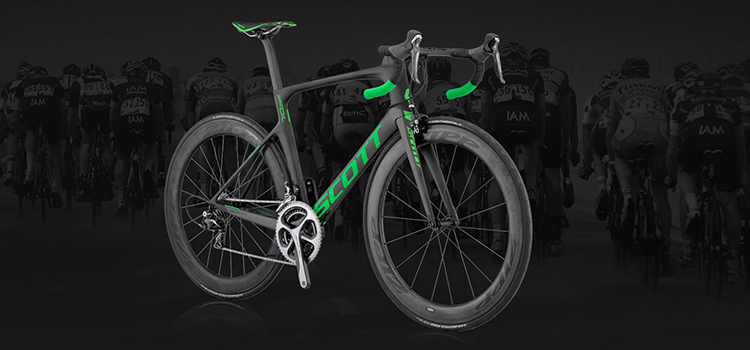Hardtails have front suspension but are rigid at the rear, and offer plenty of benefits. They’re less complex than full-suspension, so they’re cheaper to make. This means a £1,000 hardtail has better components than a full-suss at the same price, yet costs less to maintain. They’re also significantly lighter, boosting a natural pedalling efficiency for an engagingly fast, sprightly ride – especially if you favour smoother trails.
Meanwhile, a suspension fork adds a lot of comfort and control over a fully rigid bike. But how do you decide what’s best for you with a £1,000 budget?
Hardtails fall into three camps: cross-country (XC) racers, trail bikes and hardcore. XC bikes focus on low weight and rapid acceleration, typically with 100mm of fork travel. At 99 Bikes we get a lot of demand for bikes of this type so we’ve shared some of the best new examples with you below. Trail bikes offer longer, slacker and more relaxed geometry, greater strength and 120mm-130mm travel, plus a little more weight. Hardcore hardtails, meanwhile, are a little too tough and heavy for anything other than aggressive descending, and with 140mm-160mm of bounce, they’re incredibly capable. The first thing to decide, then, is what kind of riding you want it for.
At £1,000, the frame is going to be made of aluminium, or possibly steel. Carbon fibre and titanium tend to cost significantly more. Look for a quality air fork (coil forks are heavier and harder to adjust) plus drivetrains and hydraulic disc brakes from recognisable, named series. If it’s Shimano that means Deore at least, SLX and maybe some XT highlights. For SRAM, the equivalent is X-5 and GX, with maybe X-7 or NX highlights.
Single front-ring, 11-speed transmissions are great for trail or all-round use, as they save around 400g, improve ground clearance and mean you’re less likely to drop your chain. They also reduce bar clutter. If you prefer big miles and big, long climbs to woodsy trail hacking, however, twin front rings give you a wider choice of gears.
Tubeless tyres are a great way to save weight and reduce the risk of punctures, so Tubeless Ready wheels and tyres (which can be converted with a simple kit) are a definite benefit. As for wheel size, you have a choice: 27.5in or 29in. Though small on paper, the differences are noticeable on the trails – 29ers roll very well with their shallower angle of attack, and are perfect both for XC and hardtails.
Meanwhile, 27.5in wheels are more agile, stronger for a given weight, and have a wide choice of ‘aggressive tyres’. They usually have the edge for spirited riding (and tend to suit riders on smaller frames better), but you can’t really go wrong if the bike’s intent matches yours.
What about tyre width? The new, mid-volume ‘Plus’ sizes – 2.8in-3.0in, as opposed to regular 2.35in or the 4in-5in of fat bikes – give hardtails valuable extra comfort and traction.
It’s also worth thinking about the potential for future upgrades. Dropper posts are a fantastic boost to performance and confidence, though you’re very unlikely to get one equipped on a decent bike at the £1,000 price bracket, so it’s one to consider adding at a later date.
When you’re looking at hardtails, make sure it’s compatible with a dropper post by checking that its frame takes either 30.9mm or 31.6mm posts (there aren’t many 27.2mm droppers) and has internal dropper routing (‘Stealth’ routing). Check out dropper posts here.
SMALL, MEDIUM OR LARGE?
So you know what kind of riding you do, what style of bike you want and what to expect in terms of spec. What now? The most important thing, regardless of preference or brand, is to get the right size.
We recommend our in-depth sizing guide, and remembering that you must have room to move the seatpost from your personal highest setting (for climbing) to right down out of the way (for steep descending). Seatposts have a minimum insertion point beyond which they can’t stretch. Meanwhile, a too-tall seat tube will stop you getting low enough over the back. XC needs less top tube clearance than trail, but more is always better!
When comparing bikes, look for ‘reach’ measurements (sometimes referred to as ‘handlebar reach’, or more accurately ‘saddle-bar reach’, it’s the distance from the saddle to the bars) as these are directly comparable across all brands.
All other numbers – such as the top tube length (TT) or even the effective top tube length (ETT), which is taken horizontally from steerer tube to seat tube, are influenced by the angles of other tubes. That makes them potentially deceptive.
Each maker gives an average height range per frame size, so it’s best to start there. If you’re between sizes, go for the smaller one, so long as the other measurements still work. Why? It’s easier to adapt ‘up’, altering things such as stem length, seat post offset, saddle and bar position, to make sure you get the right fit and the best riding position.
Need some inspiration? The 2018 model year Cube Acid (available now) is particularly stacked. At £899 it offers 11-speed Shimano XT drivetrains and 100mm Rockshox Recon air forks in both 27.5in and 29in wheel sizes. It’s a pretty amazing price too that allows some room to consider new accessories, or treats such as clothing or protection.

Meanwhile, Scott’s impressively racy £979 Scale 980 goes for SRAM’s NX cranks on its 1×11 drivetrain, plus other quality kit including 29in Synchros rims and Maxxis Ikon tyres, while Specialized takes the 29er all-rounder route with its £950 Rockhopper Pro. This long-running favourite features a 2×10 Shimano Deore/SLX drivetrain and an 80mm-100mm Manitou Markhor air fork with lightweight alloy steerer.

Looking for women’s-specific? Cube’s £959 Access WS SL features an impressive Shimano XT 1×11 drivetrain, Shimano hydraulic discs and Rockshox’ Recon air fork, all in a physique-tailored package. For more on women’s-specific bikes, see our upcoming full guide.

Whatever catches your eye, bear in mind the advice on sizing, be realistic about what you might want to do with it, think how far you might want to upgrade in the future, and cast around 99 Bikes for what a couple of hundred extra pounds might get you… we got pretty excited about the Cube Reaction Race 2018. At £1,299 it’s a refined, update to an already on-song model with a spec list that boasts SRAM Eagle GX 1×12, RockShox Judy fork, Shimano Deore, Stealth dropper post cable routing, a thru axle rear end, and more!






